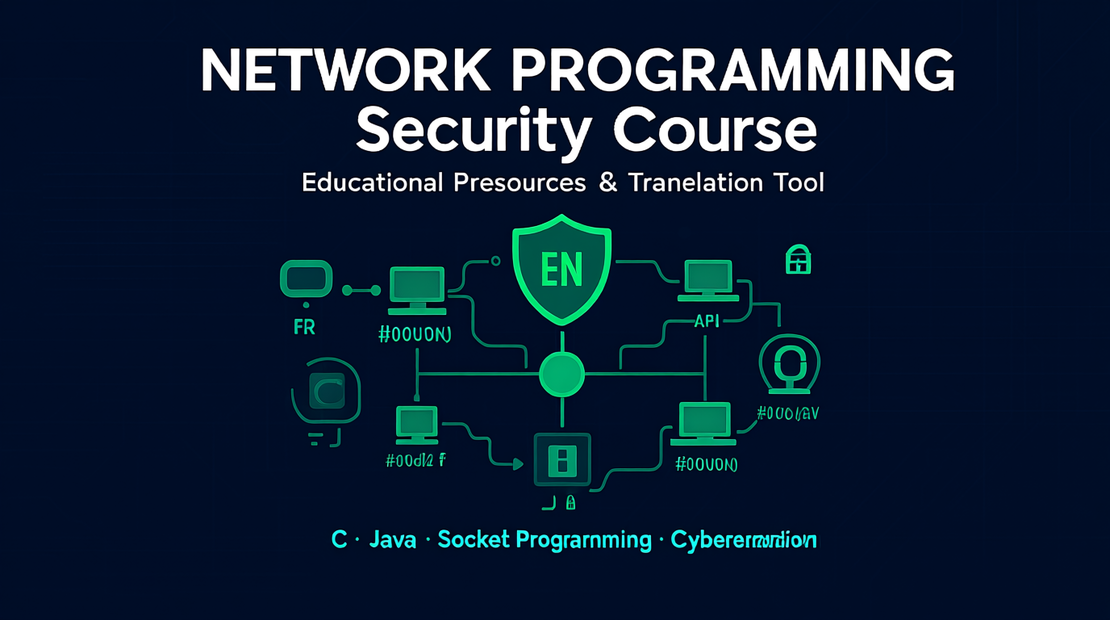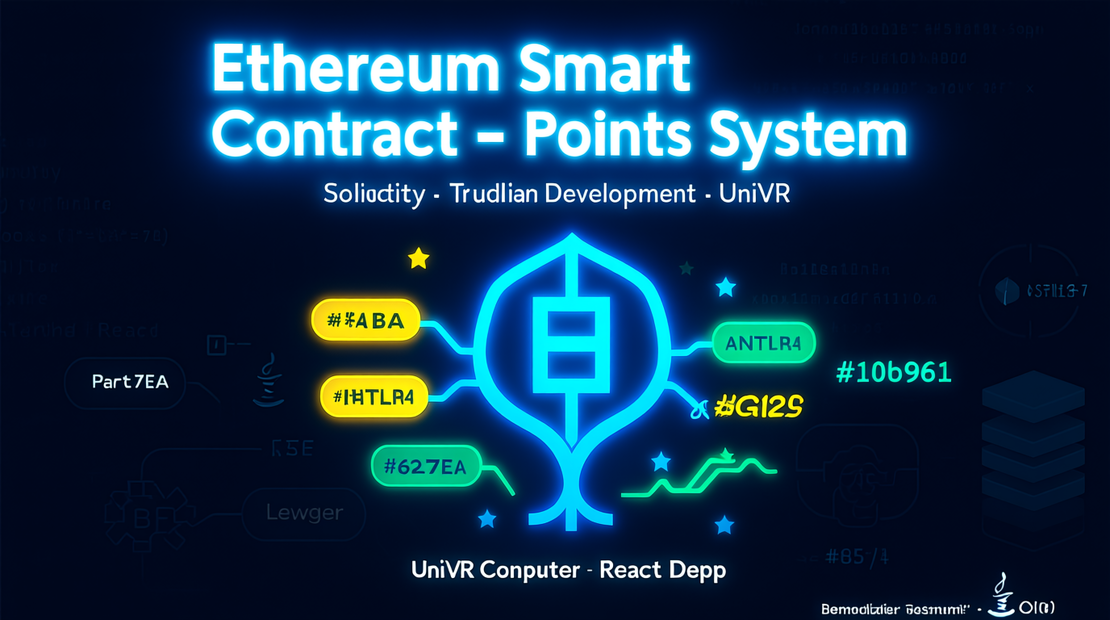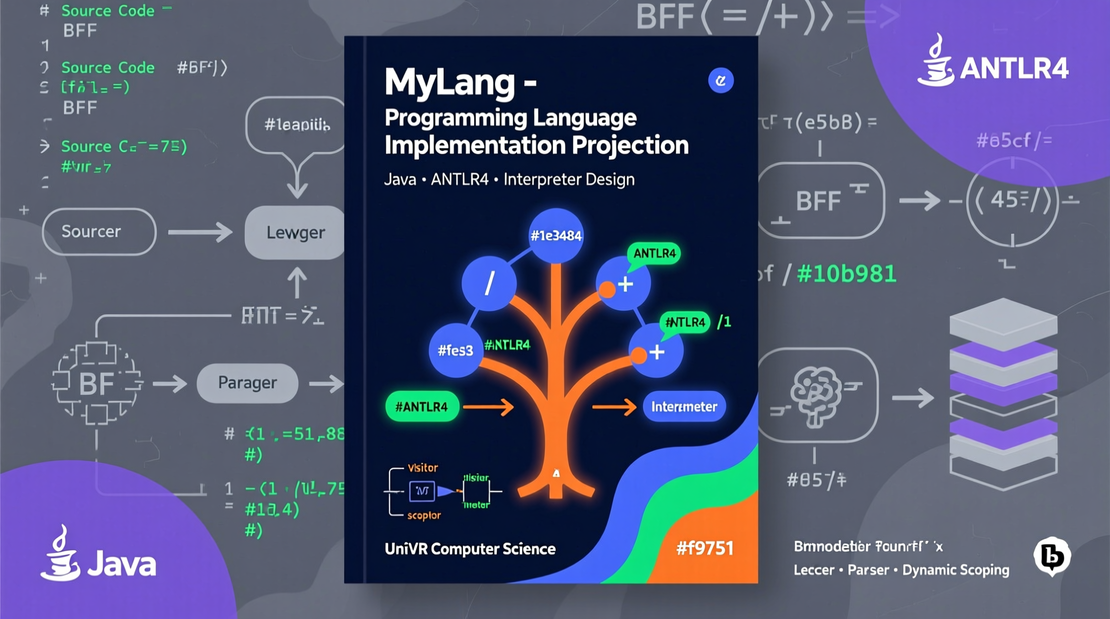
Corso Programmazione e Sicurezza delle Reti - Materiale Didattico Open Source
- Tech projects
- September 18, 2024
Table of Contents
The Genesis of the Project: From a Passion for Security to Sharing
Professor Davide Quaglia’s Programming and Network Security course was much more than a simple university exam for me. It was an opportunity to delve deeper into a field that deeply fascinates me: cybersecurity and network technologies.
From the very first lessons, I realized that this topic required both a theoretical and an intensely practical approach. Many of my classmates struggled to connect theoretical concepts with real-world implementations, often getting lost in socket programming, network protocols, and traffic analysis.
From Shared Difficulty to Collaborative Solution
Observing my colleagues’ difficulties, I decided to transform my study program into a shared resource for the entire student community. The idea was simple yet ambitious: to create a comprehensive collection of materials that could help anyone approach this exam with greater confidence.
It wasn’t just about sharing notes, but about building a complete educational ecosystem with:
- Practical, commented code
- Working examples
- Clear documentation
- Analysis of real-world cases
Structure and Content of the Educational Project
Technology Stack Covered
- C Programming: For low-level and performance-critical implementations
- Java: For enterprise and cross-platform applications
- HTML/JavaScript: For web interfaces and client-side programming
- Network Protocols: TCP/IP, UDP, HTTP/HTTPS, WebSocket, MQTT
Core Topics Developed
🌐 Advanced Socket Programming
- TCP Socket Implementation with persistent connection management
- UDP Protocol for real-time communications
- Robust Error Handling for network failures
- Concurrent server design patterns
🔒 Network Security Fundamentals
- Applied Cryptography for Network Communications
- SSL/TLS Implementation for Secure Channels
- Authentication Protocols and Session Management
- Attack Vectors and Countermeasures
📊 Protocol Analysis and Monitoring
- Wireshark Traffic Analysis for Debugging Network Issues
- MQTT Protocol for IoT Communications
- REST API Design and Security Best Practices
- WebSocket for Real-Time Bidirectional Communication
Innovative Teaching Methodology
Learning-by-Doing Approach
Each theoretical concept is accompanied by:
- Complete and Working Practical Implementations
- Test Cases for Code Validation
- Scenario Analysis Based on Real-World Case Studies
- Progressive Complexity from Basic to Advanced Topics
Multi-Level Documentation
- Extensive Code Comments for Immediate Understanding
- Detailed READMEs for Each Module
- Architecture Diagrams for visualizing concepts
- Troubleshooting guides for common problems
Impact on the Student Community
Immediate Practical Resources
The project provides:
- Skeleton code for exam projects
- Reference implementations for complex algorithms
- Debug workflows for network programming
- Best practices for security implementation
Systematic Exam Preparation
- Previous exam questions with commented solutions
- Mock tests for self-assessment
- Study roadmap optimized for available time
- Concept mapping for interdisciplinary connections
Technologies and Tools Used
Development Environment
- Cross-platform compatibility for maximum accessibility
- Version control with Git for tracking changes
- Automated testing where applicable
- Documentation generation for keeping up-to-date
Network Analysis Tools
- Wireshark for packet inspection and protocol analysis
- Mosquitto for MQTT broker testing
- Network simulators for scenario testing
- Security testing tools for vulnerability assessment
Measurable Results and Impact
Academic Performance
The project culminated with the achievement of 30 cum laude, demonstrating the effectiveness of the systematic approach and thorough preparation.
Community Feedback
- Multiple students have used the materials for preparation
- Overall improvement in exam results during the course
- Positive feedback from the instructor regarding the quality of the materials
- Contributions from other students regarding content expansion
Technical and Pedagogical Innovations
Code Architecture Patterns
- Modular design for component reusability
- Clean code principles for maximum readability
- Error handling strategies for application robustness
- Performance optimization for network applications
Educational Technology Integration
- Interactive examples for hands-on learning
- Progressive disclosure of complexity
- Multiple learning paths for different learning styles
- Assessment integration for immediate feedback
Philosophy Open Source in Education
Democratization of Knowledge
The project embodies the principles of:
- Free and accessible knowledge sharing
- Collaborative learning through community contributions
- Transparency in the educational process
- Continuous improvement based on feedback
Sustainability and Future-Proofing
- Maintainable codebase for future updates
- Extensible architecture for new topics
- Community governance for organic evolution
- Documentation standards for project longevity
Roadmap and Future Developments
Planned Enhancements
- Automated build processes for continuous testing
- Integration testing for complex scenarios
- Advanced security modules for threat modeling
- Machine learning integration for network analysis
Community Expansion
- Contributor guidelines for new members
- Mentorship programs for junior students
- Industry Partnerships** for real-world validation
- Conference presentations for academic visibility
A Model for Collaborative Education
This project demonstrates how individual passion combined with a spirit of sharing can create educational resources that are greater than the sum of their individual parts.
Lessons Learned
- Community-driven education produces superior results
- Practical implementation accelerates theoretical understanding
- Open-source approach amplifies educational impact
- Systematic documentation is an investment that pays off over time
Conclusions: From Individual Excellence to Collective Success
Achieving a 30 cum laude represents just the tip of the iceberg of a project that has had a much broader impact on the Computer Science student community at the University of Verona.
This work demonstrates that academic excellence does not have to be a solitary journey, but can become a catalyst for collective success through knowledge sharing and collaboration.


